________________________________________________________________________________
Compact Track Loaders / Case Compact Track Loaders / Case TV380Case TV380 Track Loader Troubleshooting

The Case TV380 compact track loader driveline system components: a 195 cu.in (3.2L) FPT F5C E5454 4-cylinder direct injection turbocharged diesel engine with a rated power of 90 hp (67 kW), and 2-speed hydro transmission. The hydraulic system has a pump with a rated flow of 22.5 gpm (85 lpm). The system pressure is 3000 psi (207 bar). The Case TV380 is equipped with a vertical-lift boom, planetary reduction, and 17.7" (450 mm) rubber tracks with steel inserts. The loader has a boom lifting force of 6020 lbs (2735 kg) and bucket breakout force of 7510 lbs (3415 kg). The rated operating capacity is 2660 lbs (1210 kg), and tipping load is 7600 lbs (3445 kg).
Engine Troubleshooting
Engine starts hard or will not start
Air in fuel tank - Bleed fuel tank.
Fuel filter element is dirty - Clean the filter or install new filter element.
Dirty or damaged injection nozzles - Inspect nozzles and replace if necessary.
Dirt or water in fuel system - Drain water or flush dirt from the system.
The valve clearance is not adjusted - Check and adjust as required.
Defective fuel injection pump - Change or repair the pump.
Engine starts and stops suddenly
Clogged air cleaner - Service or replace air cleaner.
Fuel filter element is dirty - Replace the filter element.
Fuel injection pump leakage - Check the fuel injection pump for leaks and fix it.
Fuel injectors are faulty or clogged - Replace fuel injectors.
Fuel injection pump malfunctioning - Rebuild or replace pump.
Engine stops unexpectedly during operation
Engine has not warmed up to recommended temperature - Warm up the engine.
Fuel filter element is dirty - Service or replace the filter.
Air in fuel system - Bleed fuel system.
Fuel injection nozzles are damaged - Check and replace nozzles if required.
Fuel injection pump timing is wrong - Set the fuel pump timing correctly.
Engine stalls when idle
Low idle speed setting is incorrect - Need to adjust idle speed.
Fuel injection pump malfunctioning - Repair or install new pump.
Fuel injectors are faulty or clogged - Clean or replace fuel injectors.
Valve clearance is wrong - Adjust valve clearance.
Loss of engine power
Air filter is plugged - Clean or replace element.
Fuel injection nozzles are damaged - Clean or change injection nozzles.
Fuel injection pressure is incorrect - Correct the pressure settings.
Excessive valve clearance - Correct valve clearance.
Low idle speed setting is not correct - Normalize low idle speed.
Dirt in the fuel lines or hoses - Fuel hoses and lines must be clean.
Leaking cylinder head gasket - Install a new gasket.
Leaking or defective piston rings - Change piston rings.
Engine overheating
Coolant level is low - Fill the cooling system and check components for leaks or other faults.
Insufficient engine oil - Check oil level and add oil as required.
Defective radiator cap or clogged radiator core - Clean radiator or install new cap.
Excessive wear of the fan belt - Fan belt must be replaced.
Engine overloaded - Load reducing is recommended.
Oil pressure is insufficient
Low oil level - Fill the crankcase with oil.
Oil filter clogged - Service or change engine oil filter element.
Incorrect oil viscosity - Fill up with the proper oil viscosity.
Incorrect oil clearance in crankshaft bearing - Bearings need to be reinstalled.
Oil pump failure - Repair or change.
Engine noise or knocking
Insufficient engine oil - Fill up the oil to required level.
Engine is not fully warmed up - Warm up the engine as required.
Improper setting of fuel injection pump timing - Adjust fuel injection pump as required.
Wrong adjustment of low idle speed - Correct low idle adjustment.
Fuel injectors are dirty or defective - Clean or replace fuel injectors.
Misaligned or defective connecting rod - Align or replace connecting rod.
Pistons are broken or worn - Replace the pistons.
Drive system does not work in either direction
Insufficient hydraulic fluid - Add fluid as required.
Blocked or defective track mechanism - Remove blockage or repair tracks.
Relief valve is worn or damaged - Relief valve need to be replaced or repair.
Plugged hydraulic filter or suction line - Clean suction line or replace hydraulic filter.
Foot or hand controls are faulty - Check and repair as required.
Defective drive pump or motor - Inspect and replace as necessary.
Machine won't drive straight or drives jerkily
Damaged or jammed track mechanism - Remove jamming or repair tracks.
Tracks are loose or worn - Adjust track tension properly or repair tracks.
Track frame is clogged with debris, dirt, or foreign objects - Clean track frame, remove debris and foreign objects.
Loss of power
Hydraulic oil filter is clogged - Check, clean, or replace as required.
Relief valve is defective or opened - Close or replace relief valve.
Transmission parts are worn or defective - Inspect and replace faulty parts.
Input drive shaft is worn - Change or repair faulty drive shaft.
Air leaks in hydraulic system - Air bleeding is required.
Drive system overheats
Insufficient hydraulic fluid - Check and refill the hydraulic fluid.
Clogged hydraulic fluid filter - Change or clean hydraulic filter.
Relief valver is broken - Relief valve need to be replaced or repair.
Hydraulic motor or drive pump is worn - Inspect and replace as necessary.
Hydraulic oil cooler is dirty - Cooling fins should be cleaned.
Overloaded drive system - Load needs to be reduced.
Drive system is noisy
Wrong oil viscosity - Use proper oil viscosity.
There is air in the hydraulic system - Bleed air from system.
Hydraulic motor or drive pump is defective - Inspect and replace as necessary.
Defective or worn mechanical parts of drive system - Check drive system and change faulty components.
Hydraulic system overheating
Hydraulic pressure is not correct - Correct setting is required.
Main relief valve is damaged or adjusted improperly - Replace or set up the relief valve.
Contaminated hydraulic fluid - Fill up with fresh hydraulic fluid.
Hydraulic oil level is insufficient - Fill up the hydraulic oil.
Hydraulic pump is defective - Install new pump or repair it.
Lift arm can't drop or lift
Lift controls malfunction - Inspect and repair if necessary.
Defective hydraulic pump - Install new pump or repair it.
Damaged hydraulic control valve - Repair or replace hydraulic valve.
Hydraulic cylinder is broken - Repair or change hydraulic cylinder.
Low hydraulic oil level - Fill the system to proper hydraulic oil level.
Bucket tilt does not work
Bucket controls are faulty - Replace or repair.
Hydraulic pump failure - Repair or install new hydraulic pump.
Hydraulic control valve is defective - Repair or change hydraulic valve.
Bucket cylinder is faulty - Replace or repair cylinder.
Low hydraulic fluid level - Add fluid as required.
Boom or bucket is working slowly
Defective hydraulic pump - Check pump capacity and change if necessary.
Hydraulic cylinder oil leakage - Cylinder seals need to be replaced.
Hydraulic fluid level low - Add fluid as required.
Hydraulic control valve is not set properly or defective - Adjust properly or repair.
Low hydraulic pressure - Correct adjustment is required.
Jerky operation of the bucket or boom
There is air in the hydraulic system - Bleed hydraulic system.
Hydraulic oil filter clogging - Clean or install new filter.
Hydraulic fluid contamination - The fluid must be changed.
Cylinder tube or rod scoring - Replace worn component.
Hydraulic pump is noisy
Insufficient oil level or leaking hydraulic system - Add hydraulic oil or correct system leaks.
Clogged hydraulic filter - Change or clean oil filter.
Clogged suction line - Service the suction line.
Pump is sucking air - Bleed air from hydraulics.
Pump components are faulty - Install new hydraulic pump or rebuild it.
Battery cannot be charged
Corroded or loose electrical wire connections - Service or tighten connections.
Defective battery terminal clamps - Terminal clamps need to be replaced.
Battery faulty cell - Replace the battery.
Belt is damaged or loose - Replace belt or adjust belt tension.
Starter cranks slowly
Low battery capacity - Battery is drained, recharge it.
Battery does not hold charge - Service charging system or install new battery.
Bad battery terminals or disconnected wiring - Connect wiring properly or install new terminals.
Starter is not cranking
Battery is discharged or defective - Need to charge or replace the battery.
Battery cables are disconnected or incorrectly connected - Check cables and connect as needed.
Battery voltage is low - Recharge the battery.
Faulty starter motor - Change or repair starter.
________________________________________________________________________________
________________________________________________________________________________________
| BOBCAT SKID STEER AND COMPACT TRACK LOADERS |
________________________________________________________________________________________
________________________________________________________________________________________
________________________________________________________________________________________
________________________________________________________________________________________
| GEHL SKID STEER AND COMPACT TRACK LOADERS |
________________________________________________________________________________________
________________________________________________________________________________________
________________________________________________________________________________________
| CASE SKID STEER AND COMPACT TRACK LOADERS |
________________________________________________________________________________________
________________________________________________________________________________________
________________________________________________________________________________________
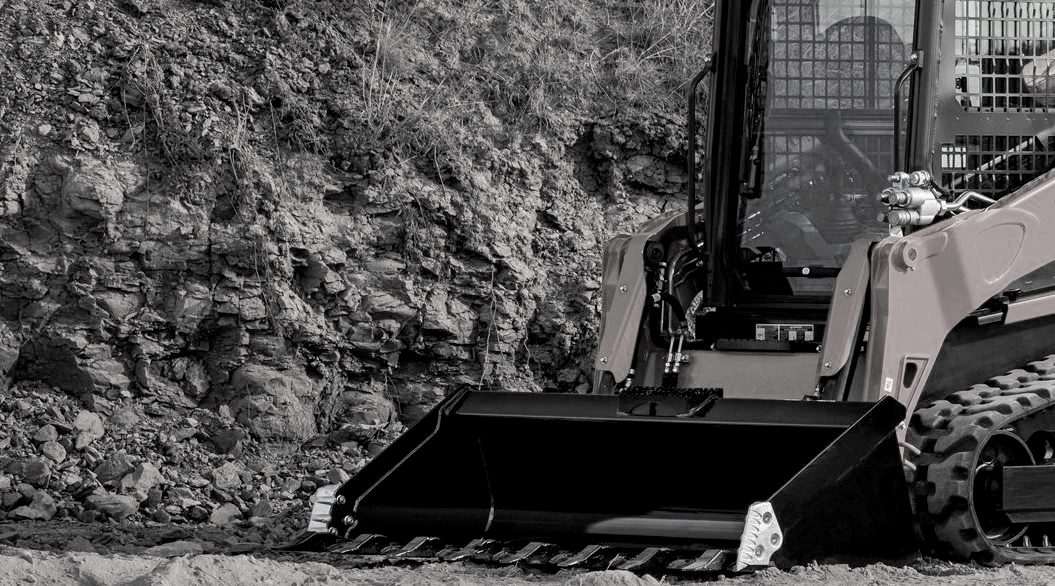
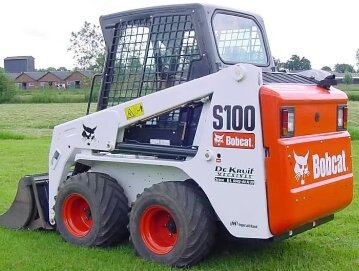 S100
S100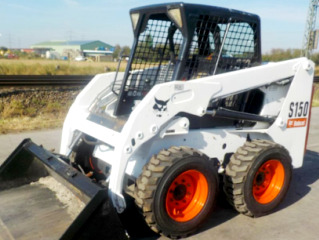 S150
S150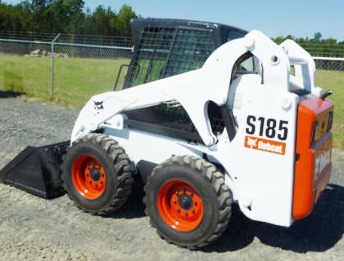 S185
S185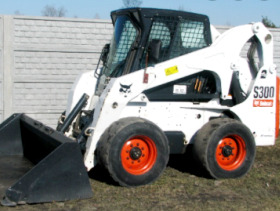 S300
S300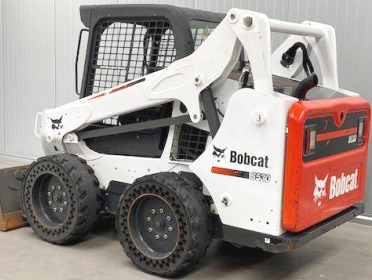 S530
S530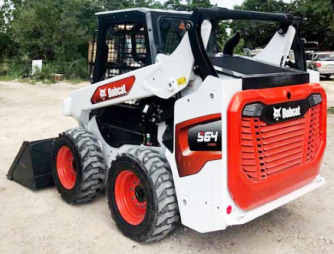 S64
S64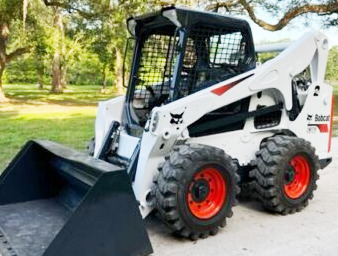 S740
S740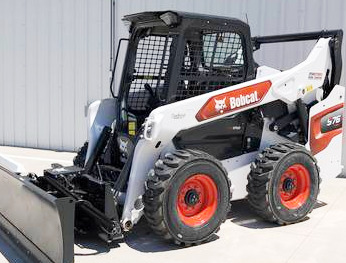 S76
S76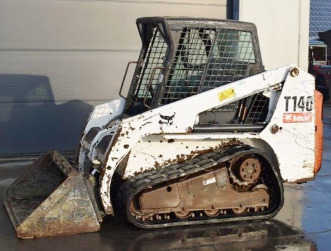 T140
T140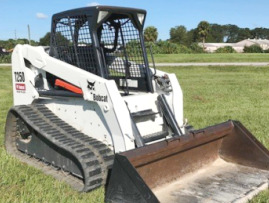 T250
T250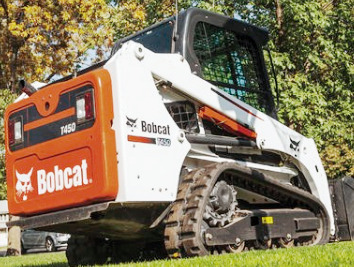 T450
T450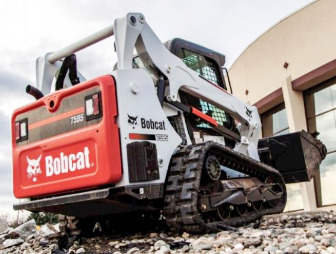 T595
T595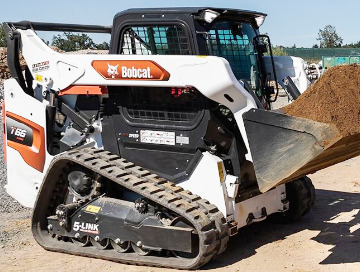 T66
T66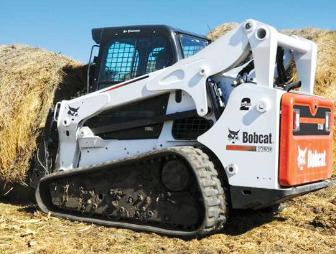 T750
T750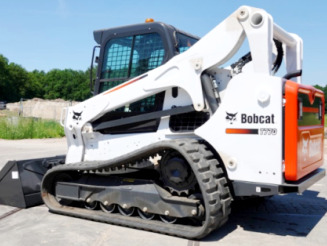 T770
T770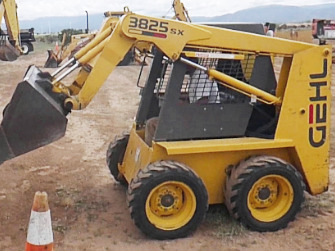 3825SX
3825SX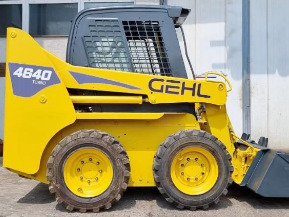 4640
4640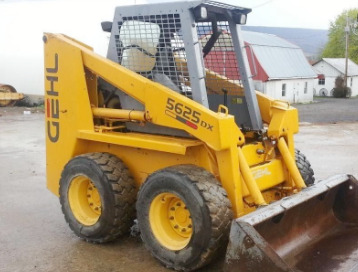 5625DX
5625DX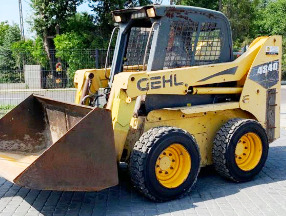 4840E
4840E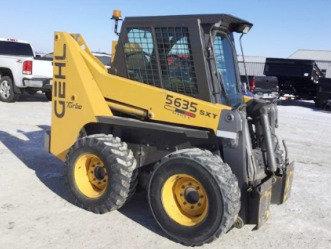 5635SXT
5635SXT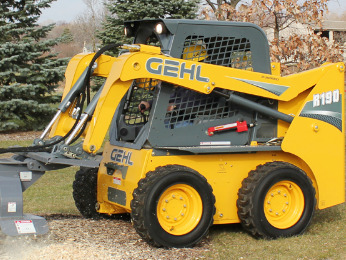 R190
R190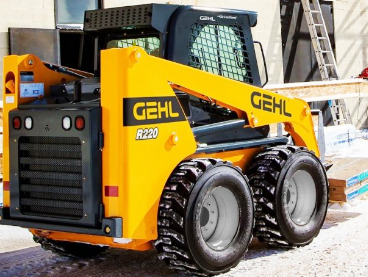 R220
R220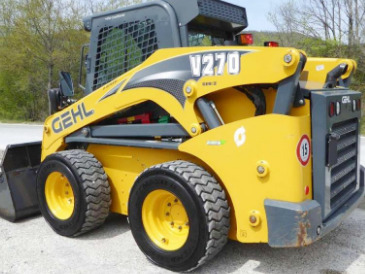 V270
V270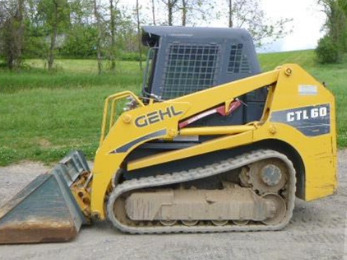 CTL60
CTL60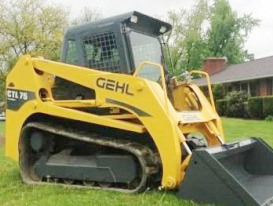 CTL75
CTL75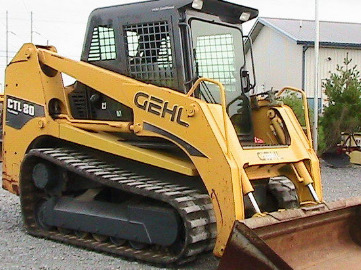 CTL80
CTL80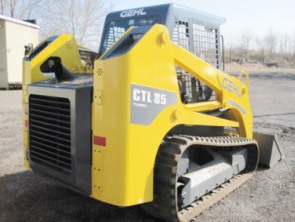 CTL85
CTL85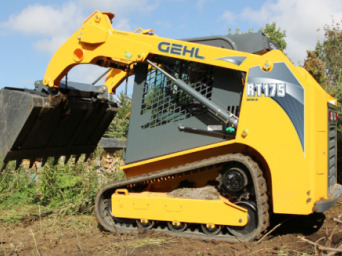 RT175
RT175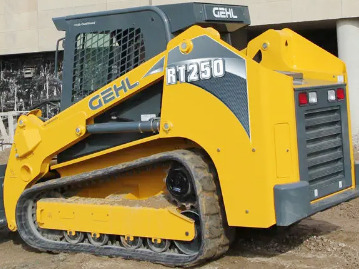 RT251
RT251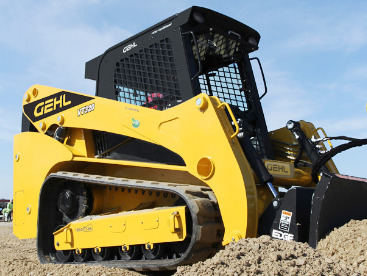 VT320
VT320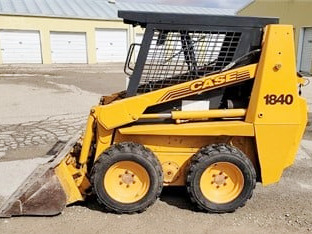 1840
1840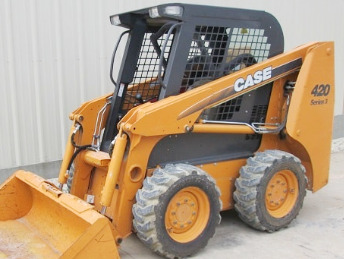 420
420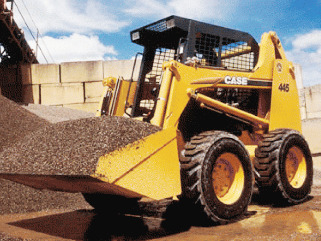 445
445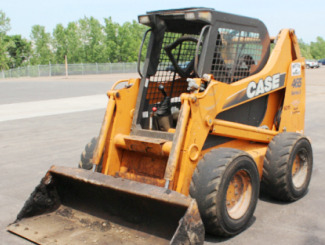 465
465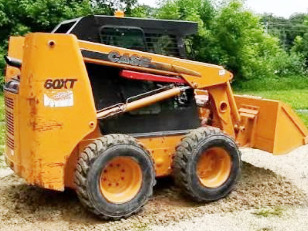 60XT
60XT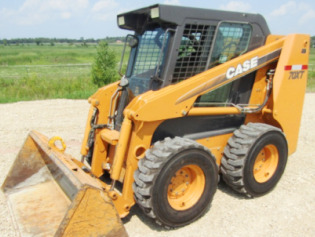 70XT
70XT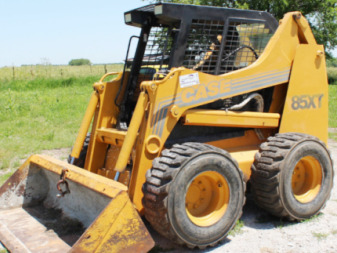 85XT
85XT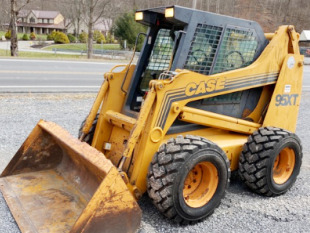 95XT
95XT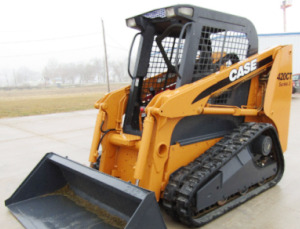 420CT
420CT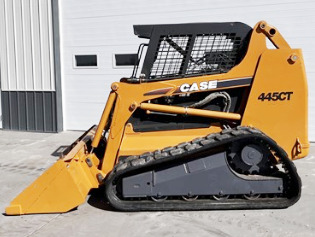 445CT
445CT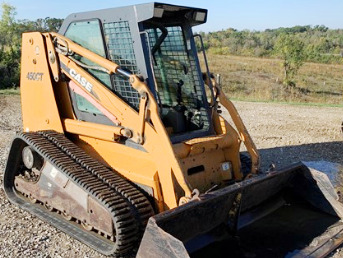 450CT
450CT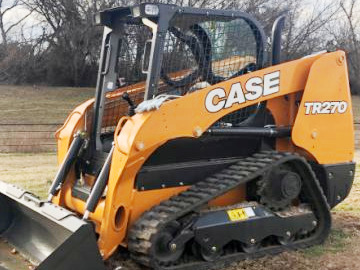 TR270
TR270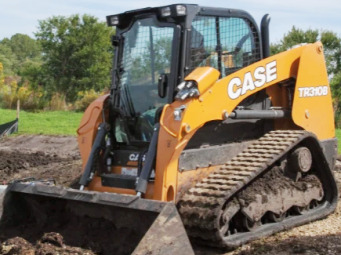 TR310B
TR310B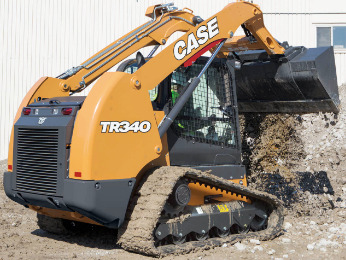 TR340
TR340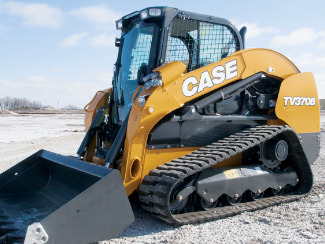 TV370B
TV370B